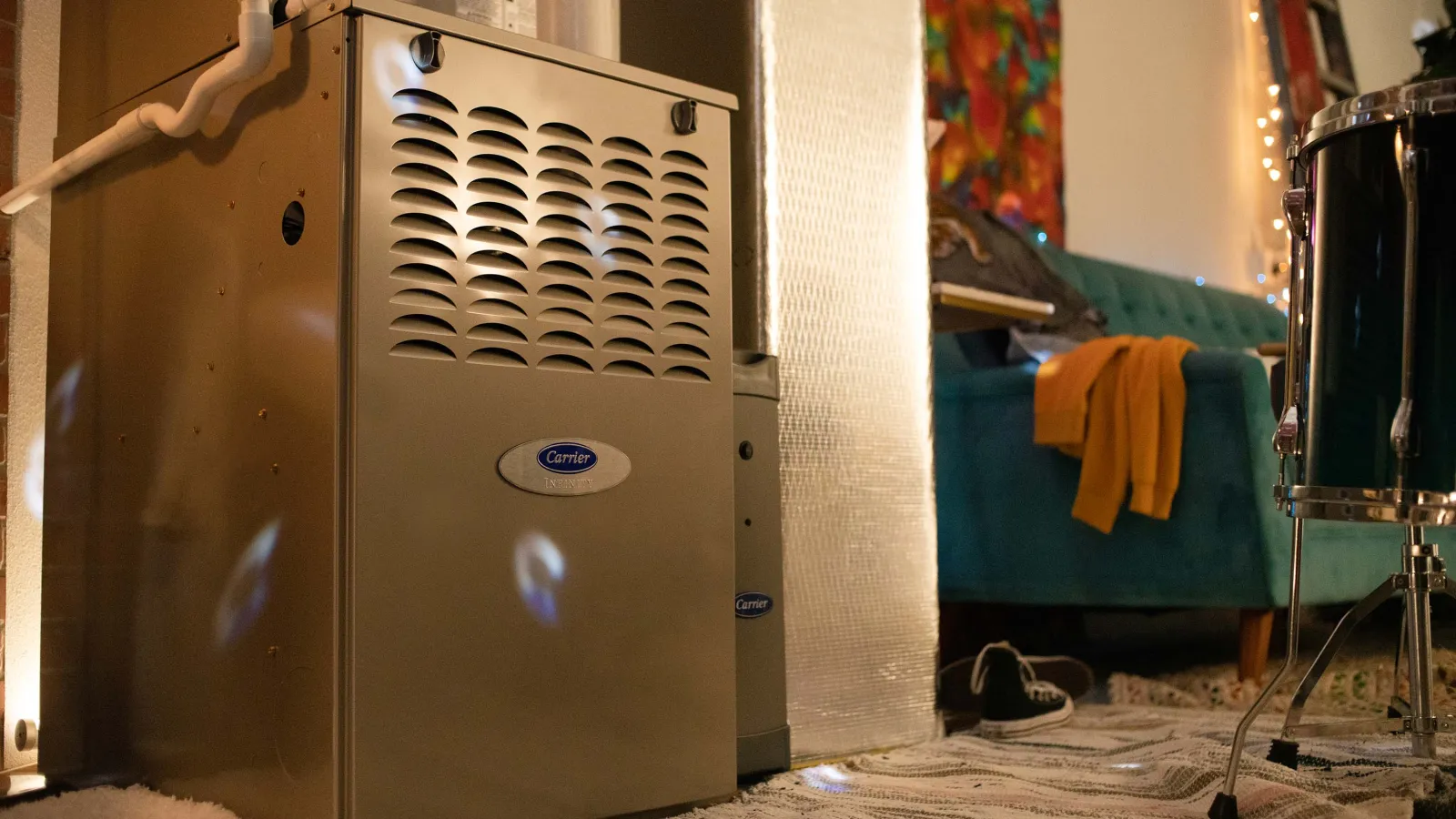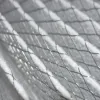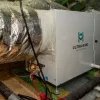As summer approaches, we, the denizens of metro Atlanta, are getting ready to run our air conditioners for six straight months. But it’s not just the heat we’re trying to get ahead of; we want to lower humidity, too.
If you’re concerned about high humidity indoors – and as we’ve explored on this blog before, air conditioners don’t always remove enough humidity – you may have heard good things about energy recovery ventilators or ERVs. They supply your home with fresh air. According to some sources, they also remove some humidity from the air.
Except that’s the only kind of true. Allow us to explain.
An ERV transfers humidity from one air stream to another.
Here’s how an ERV works:
- The device removes air from your home at a particular rate, expressed as cubic feet per minute (CFM).
- At the same time, the device introduces air from the outdoors at an identical CFM and filters it. In other words, an ERV replaces “old” air with an equal amount of fresh air.
- The two streams of air never mix, but they do pass through an interior core. This interior core allows heat transfer from the warmer air stream to the cooler air stream. This works to your advantage in summer and winter.
- A thin paper-like membrane within the ERV’s core allows moisture to move from one air stream to the other; essentially, humidity from the more humid air stream is transferred to the less humid air stream.
During a hot, humid Atlanta summer, that means the air an ERV introduces into your home is less humid than the air outdoors. That’s good!
But all the ERV is doing is removing some humidity from the incoming air stream. It’s not removing humidity from the air that’s already in your home.
With an ERV, your home might become more humid. Not less.
Yes, the fresh air an ERV brings into your home has a lower relative humidity (RH) than the air outside. But that air may still be more humid than the air inside of your house!
When that’s the case – and it is the case in Atlanta during the summer – your air conditioner will work harder to remove the extra humidity and keep you comfortable. The problem becomes even more serious when your air conditioner is oversized and flat-out can’t remove a sufficient amount of humidity.
So, no. An ERV will not dehumidify your home.
An ERV removes humidity from the incoming air stream, but it is not a dehumidifier by any stretch of the imagination.
That doesn’t mean you shouldn’t get an ERV. ERVs are awesome!
When your air conditioner is the right size for your home or, even better, you’ve got a properly sized two-stage or modulating AC, you probably won’t mind the humidity spike you get from an ERV. Your air conditioner should be able to remove it without issue.
And that’s great because you’ll be breathing much fresher air! A constant exchange of air with the outdoors means consistent removal of airborne allergens, VOCs, and noxious odors. You’ll likely breathe easier and feel better than you did without the ERV.
Oh, and if you have a newer, airtight home, an ERV might not be optional. You might need one. The more tightly sealed your home is, the less passive ventilation it gets. You’ll need an ERV to ensure you get enough ventilation and ensure your air is always safe to breathe.
Looking to dehumidify? There’s another product for that…
Unlike an ERV, a whole-house dehumidifier is designed to dehumidify your home. When properly installed, these units operate at a low speed and reduce your home’s RH to a specified set point, usually around 50-55% RH.
Typically, you’ll use a whole-house dehumidifier in conjunction with your air conditioning system. Any time the AC isn’t running, the dehumidifier picks up the slack, so to speak, and removes the excess humidity that the air conditioner couldn’t remove on its own.
Another way to improve humidity control is to go with a two-stage or variable speed system the next time you replace your HVAC system. Unlike standard systems, these units tend to run for longer cycles and at a slower fan speed.
Longer cycles are good because they give the AC more time to remove humidity whenever it runs. A standard system, by contrast, just cools your home to a set temperature and stops running, regardless of the humidity level.
So go get an ERV! Just don’t get it for dehumidification.
Get an ERV for fresh air ventilation. Get a whole-house dehumidifier or variable-speed air conditioner for dehumidification. There you go.
Oh, and if you want the absolute best solution for fresh air and humidity control, install an ERV and a whole-house dehumidifier.
Still not sure which type of system (if any) addresses your air quality or comfort concerns? Give us a holler! We serve all of metro Atlanta and go out of our way to ensure you get the right product and/or service for your home, your needs, and your budget.






